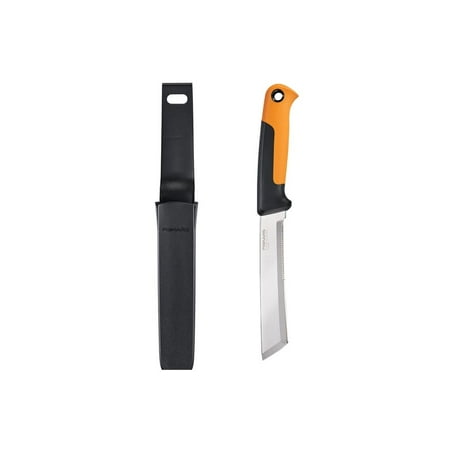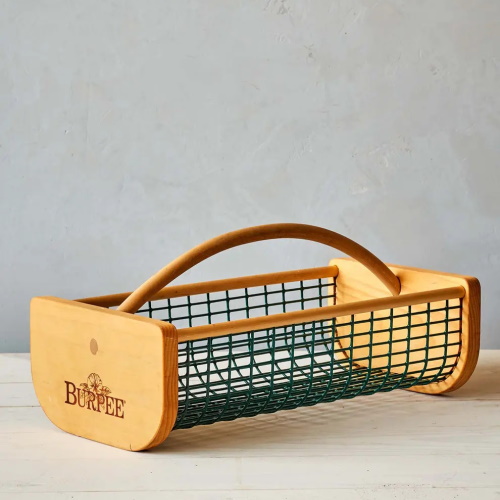7 vegetables to harvest in December for delicious and hearty winter meals
Winter crops can taste all the sweeter after a few frosts and are perfect for Christmas plates

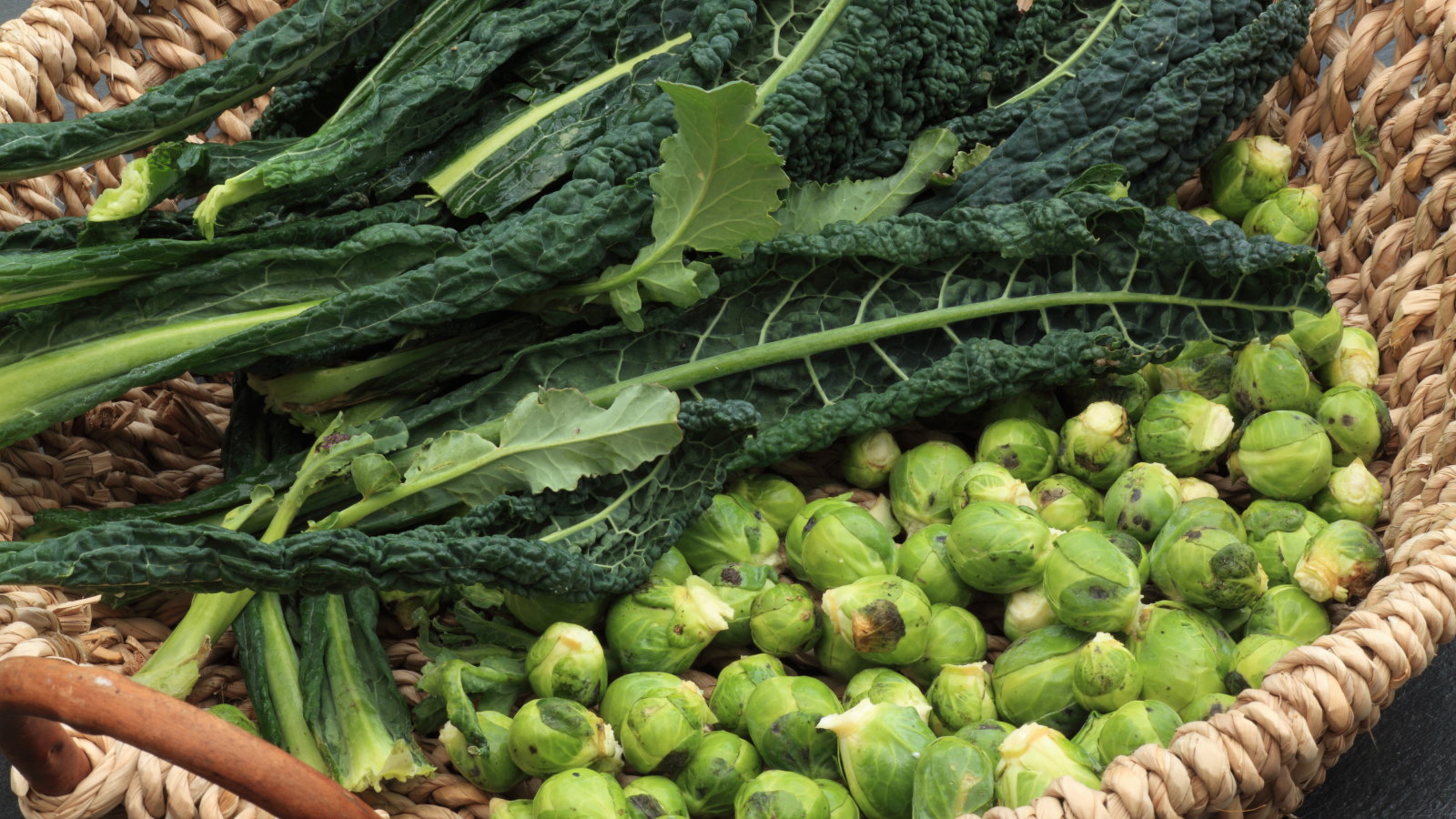
December can still be a time of rich pickings in the vegetable garden. While the air may be cold and there are frosts on the ground, there are still plenty of harvests available if you plan your plot to be productive year-round.
Some gardeners put their plots to bed for the year at the start of winter, ready to start again in spring. But the satisfying experience of picking homegrown vegetables for your festive celebrations is one that you don’t want to miss out on. The frosts can also improve the taste of many vegetables, converting starches into sugars to make them so much sweeter.
I have grown and harvested vegetables year-round for chefs, picking fresh crops throughout the winter months. You may feel the cold on your fingers and see your breath in the air, but harvesting homegrown vegetables in December is highly rewarding.
You may be surprised at what crops you can harvest this month - it just takes a bit of advance planning as some vegetables do require a long growing season to come to the fore in winter.
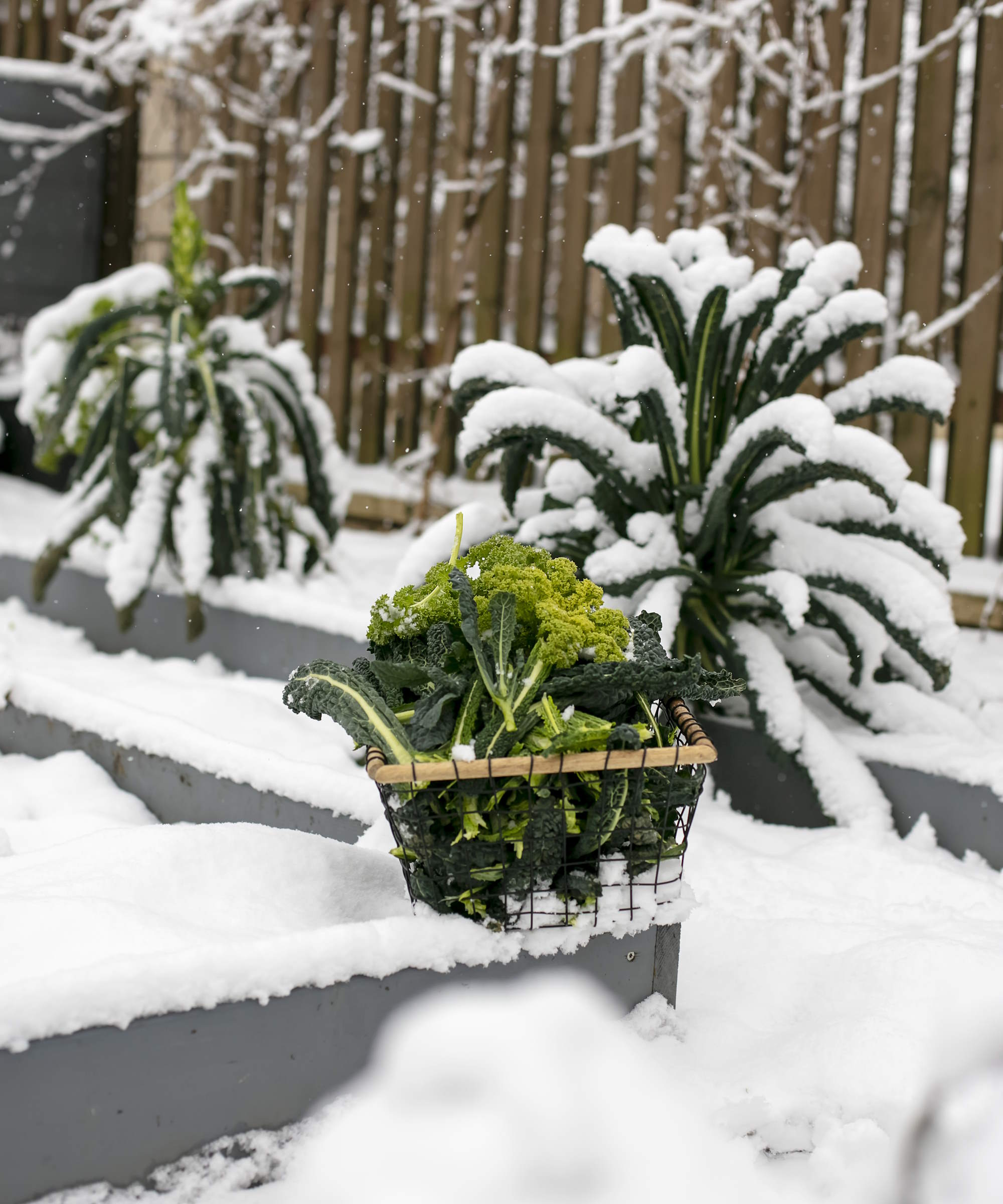
Cavolo nero and kale are very hardy vegetables that can withstand the winter weather
What crops can you pick in December?
A kitchen garden can be very productive in December and there will still be many crops ready to pick. That list can be further extended if you grow vegetables in a greenhouse, or grow crops in pots in a vegetable container garden - as they can be moved to a protected environment away from the harsh winter weather.
We take a look at seven of the best vegetables you can harvest from your garden in December.
1. Brussels sprouts
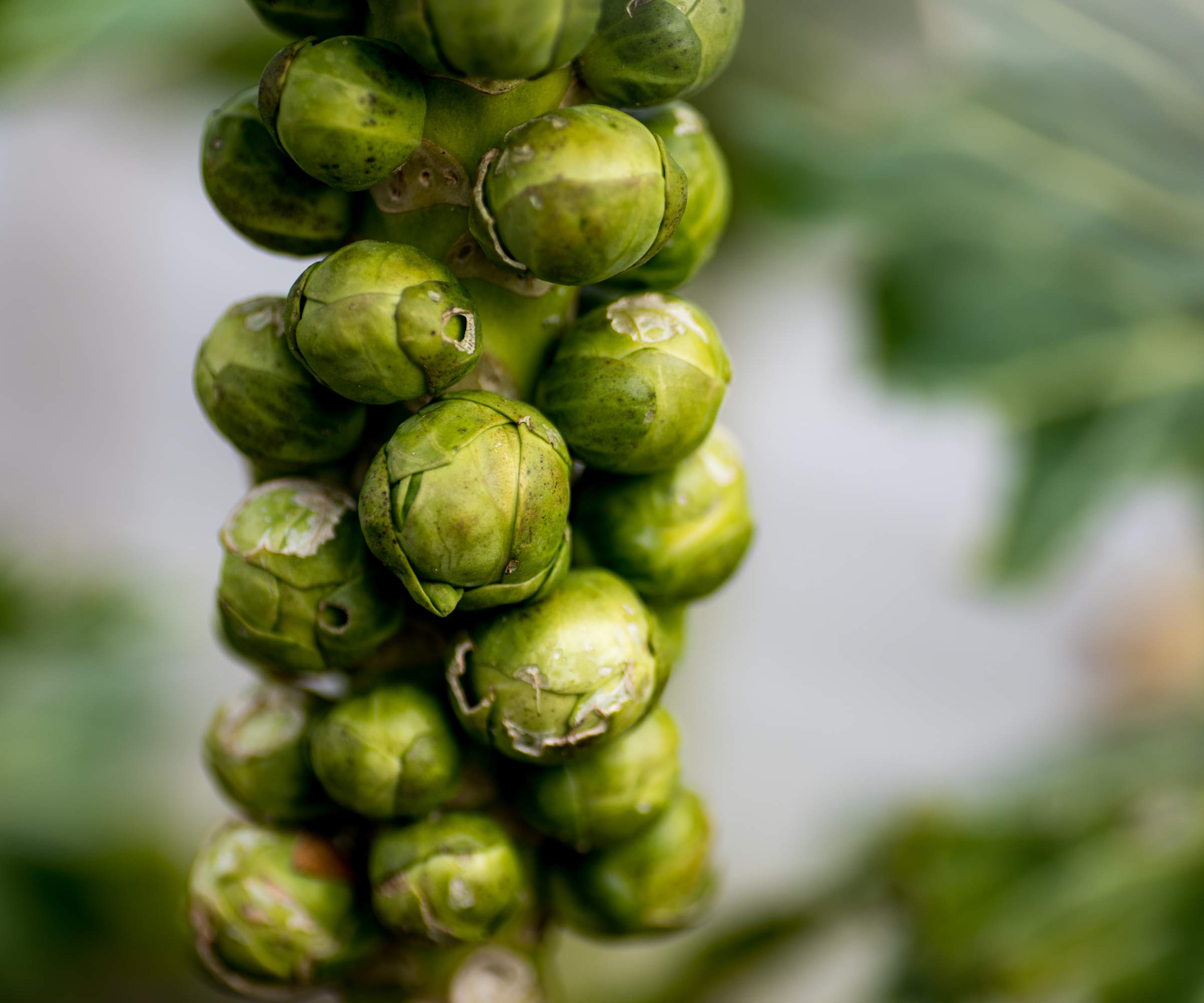
Brussels sprouts want to be harvested before they start to open
Brussels sprouts are synonymous with Christmas and often the only time of the year some people eat the vegetable (not me, as I adore Brussels sprouts). When growing Brussels sprouts, note they do have a long season to develop.
Design expertise in your inbox – from inspiring decorating ideas and beautiful celebrity homes to practical gardening advice and shopping round-ups.
They are sown or planted way back in spring, before finally the time to harvest Brussel sprouts comes from early fall through to spring, depending on the variety. Though winter, and December in particular, remains the most popular time to harvest the crop.
Brussels sprouts are one of the vegetables whose taste is boosted by a frost - so consider holding off harvesting until your first hard frost. As for how to harvest Brussels sprouts, simply twist or cut off individual sprouts from the stem as required. The alternative is to cut the entire stalk - and the sprouts will be able to store for longer attached to the stem.
You can see a range of Brussels sprouts seeds and plants available at Burpee
2. Carrots

A summer sowing of carrots can be harvested in December
When you are planning or starting a vegetable garden, growing carrots should be near the top of the list as they can actually be harvested for up to nine months a year - with a bit of planning.
Carrots for winter are sown directly into the ground in mid-summer, or you can sow carrots in containers if you only have a small vegetable garden or no outdoor space to plant in the ground.
You want to choose medium-size varieties of carrots, to ensure they mature in time, and plant the carrots at least two months before your first frost. This should ensure you a harvest of carrots in December. A good variety to choose is Touchon, with seeds available at Burpee.
It may be beneficial to cover the crop with fleece, netting, or a layer of straw at the onset of winter. This can help stop the ground from freezing, which will make harvesting earlier, and prevent the carrots from getting spoiled by being regularly frozen and thawed out. Simply lever the carrots out of the ground with a garden fork to harvest, taking care not to snap the precious roots. Any spare carrots can be used to give your snowman an impressive-looking nose.
3. Jerusalem artichokes
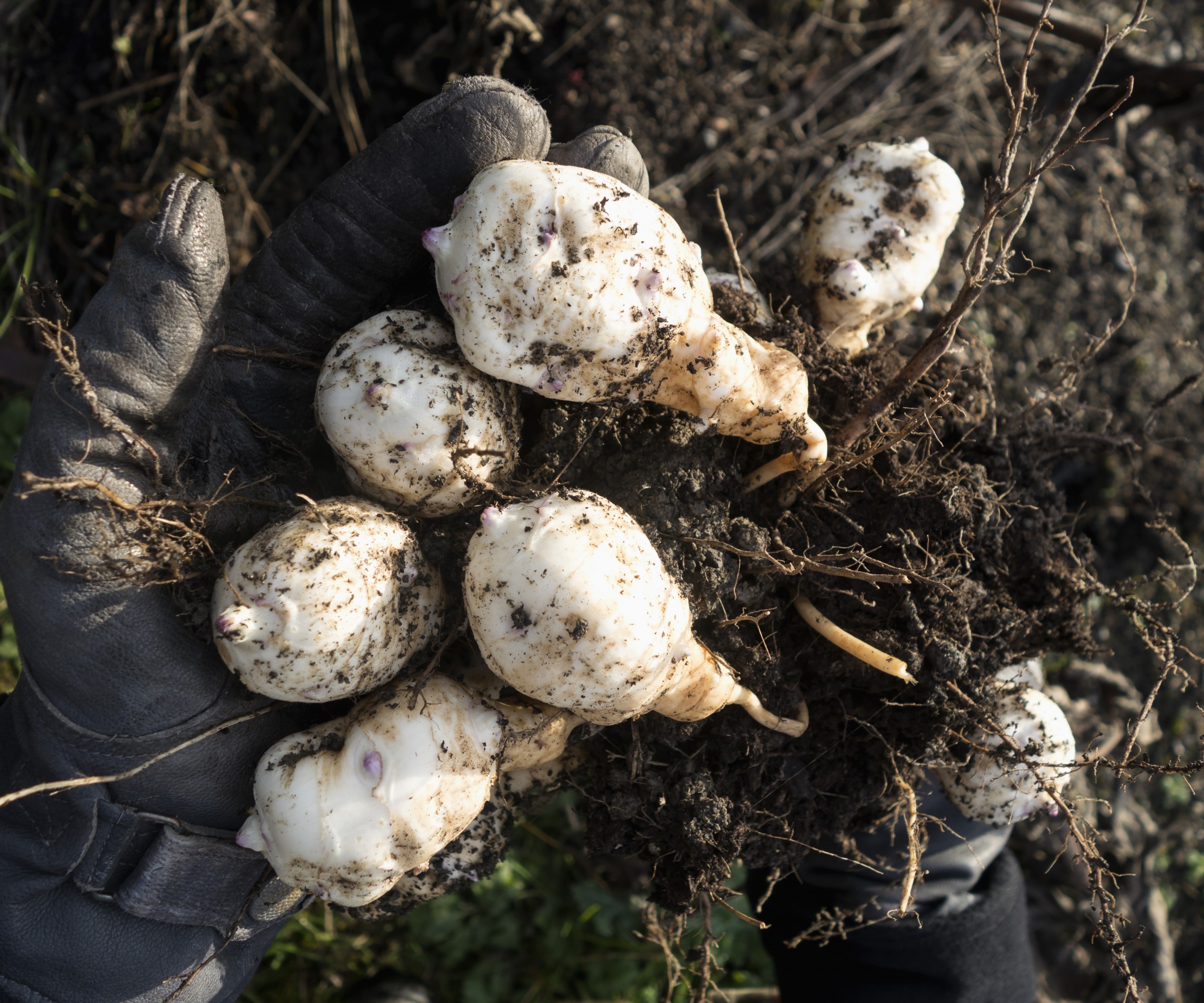
Jerusalem artichokes are part of the sunflower family
Though maybe not the first winter crop to jump to most people’s minds, Jerusalem artichokes were always highly regarded by chefs I grew vegetables for and one that was requested for harvest in December and January. Jerusalem artichokes have risen in popularity in recent years and are likely to feature more prominently in home vegetable gardens in the coming years. You can get Jerusalem artichokes to plant at Amazon.
To grow Jerusalem artichokes, plant them in early spring after the frosts and then leave them. Once planted they require little maintenance, bar watering in really dry spells, before you start harvesting Jerusalem artichokes from late fall onwards.
Simply lift plants from the ground with a fork and separate the sweet and nutty tubers - also make sure to dig around the area to find any that remain in the soil. Jerusalem artichokes are best harvested little and often as required, as the plants are hardy and can survive outdoors throughout winter and into spring.
4. Kale

Harvest kale regularly to encourage the plant to keep producing new leaves
There is a real variety of kales to grow. They can be red, green, or blue-green in color, with straight or curly leaves, and be tall or dwarf in nature. Kale is a superfood that is rich in vitamins and antioxidants and a very simple fast-growing vegetable.
Kale is regarded as primarily a winter crop, though in truth kale can be harvested year-round, and can be harvested throughout the colder months. Simply pick leaves that are around the size of your palm by using pruning shears, or a harvesting knife, to cut them at the base.
It is best to start harvesting the lowest and most outer leaves first and move your way up the plant, with regular harvesting meaning the plant keeps producing new leaves.
5. Leeks

Hardy leeks can be harvested until spring
Leeks are a vegetable that can stand out in the kitchen garden all winter long. December is the time when mid and late varieties of leeks are ready to harvest and they can be cropped all the way through to spring. These types are hardier and stockier than earlier varieties of leeks. A popular hardy variety is Giant Musselburgh leeks and you can find seeds at True Leaf Market.
Leeks are not difficult to grow. Leeks can be grown from seed, sown from spring onwards, or from young seedlings purchased from garden centers or online and planted out after the risk of frosts has passed.
Leeks will require up to 150 days to get to maturity and it is best to harvest leeks as they are required, when their stalks are at least 1-2 inches in diameter. Take care gently levering the leek out of the ground using a garden fork to avoid damaging the stem.
If you do have any early types of leeks remaining, make sure to get them lifted first as they are not able to stand out in the garden all winter long.
6. Parsnips

Parsnips are grown for their long and tasty tap roots
Parsnips are a vegetable whose flavour is definitely boosted by the frosts. The starches in the plant are converted into sugars when the temperatures drop below freezing. That means parsnips that are fantastically sweet and perfect for any winter dishes.
When you grow parsnips you need to be patient, it is a long wait to go from sowing to harvesting - but it is well worth it. Parsnips should be sown directly into the soil in spring. Always use fresh parsnip seed and do not try to sow parsnips into trays and transplant seedlings into the garden. Parsnips do not like root disturbance and transplanting causes tangled roots, rather than a long tap root that you want from the crop.
Keep them moist and free of competition from weeds as they grow and await the foliage starting to die back come fall. That is the cue to start harvesting parsnips. Just like harvesting carrots, gently lever the roots out of the ground and continue to harvest them throughout winter.
You can see a range of parsnip seeds available at True Leaf Market
7. Winter cabbage
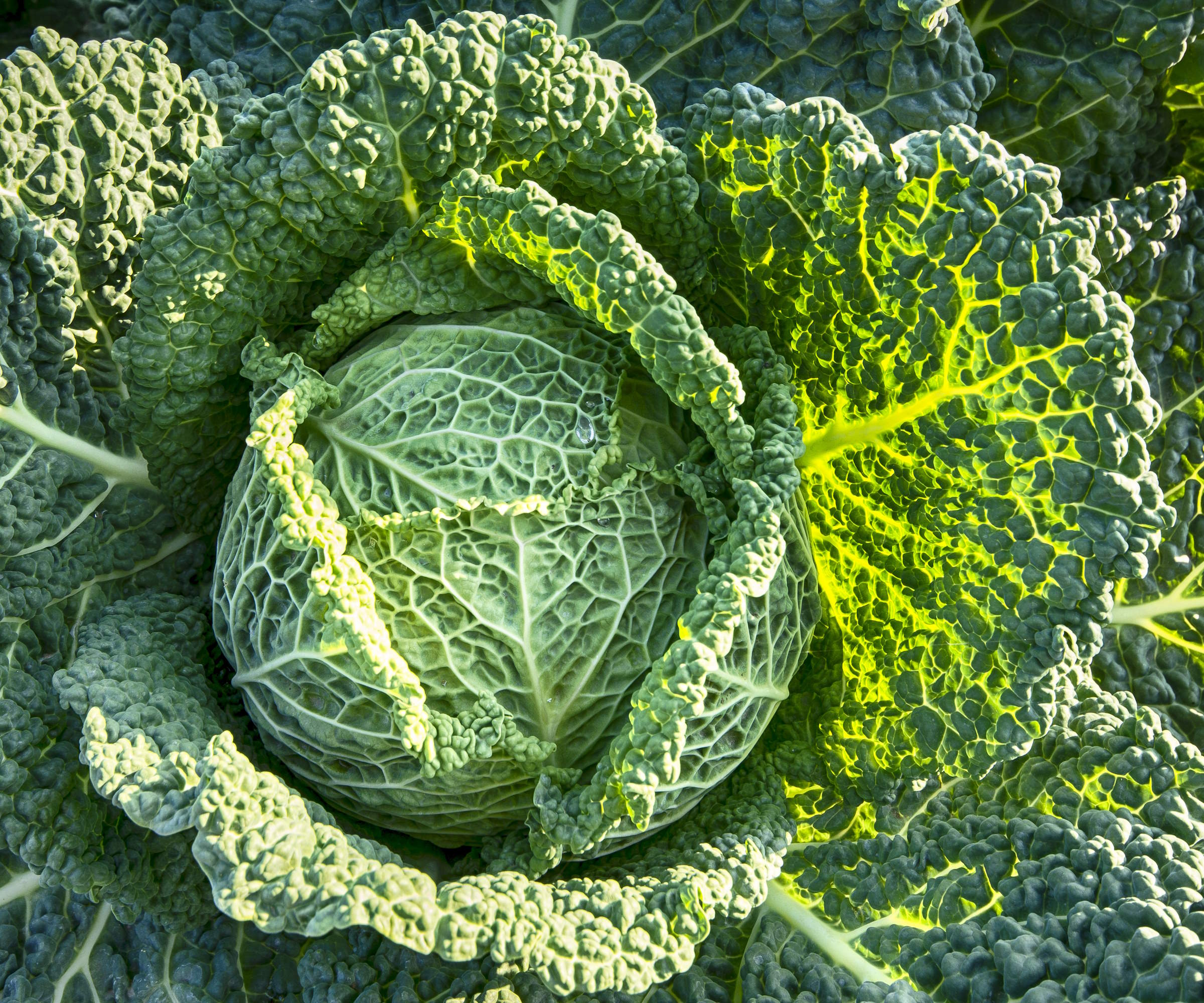
Savoys are the hardiest of all types of cabbage
There are many different types of cabbages you can grow each year. From spring cabbages ready in late spring and early summer, through to the winter cabbages that are ready to harvest in mid-fall and are hardy enough to be overwintered through to spring.
Popular types of winter cabbages include the savoy cabbages, which are regarded as the most hardy cabbage. A great variety to grow for winter is Savoy Perfection, available at True Leaf Market.
To get a good harvest of winter cabbages, sow the seeds in late spring and plant them out into the garden come the start of summer. Cover the crop with mesh or netting to protect the crop from cabbage white caterpillars that can cause damage as they munch on the plants.
Harvest the cabbages from November onwards, cutting the head from the stalk and scoring a small cross into the remaining stump - as this can cause new, smaller cabbage heads to develop for a second harvest.
Shop tools for harvesting
FAQs
Can you grow potatoes for Christmas?
It is possible to have a harvest of potatoes for the festive season. If you want to try growing potatoes for Christmas, tubers should be planted in mid-summer. This can either be done outside in the garden or you can grow potatoes in a bucket, bag, or large pot.
There should be enough time for early types of potatoes to grow and develop before the frosts arrive. If you live in a cold climate and have earlier frosts, then you can consider growing potatoes in a container so they can be moved indoors, such as into a greenhouse, when the temperatures do start to drop. Even after the foliage is killed by frost, the potatoes should be fine to leave in the soil ready to harvest at Christmas.
As well as harvesting, there are also crops for the vegetable garden that you can sow in December. Garlic and fava beans can be planted, while onion sets can also go in the ground.
If you want to grow onions from seed rather than sets, the old adage is that Boxing Day is the perfect time to sow your onion seeds.

Drew has worked as a writer since 2008 and was also a professional gardener for many years. As a trained horticulturist, he worked in prestigious historic gardens, including Hanbury Hall and the world-famous Hidcote Manor Garden. He also spent time as a specialist kitchen gardener at Soho Farmhouse and Netherby Hall, where he grew vegetables, fruit, herbs, and cut flowers for restaurants. Drew has written for numerous print and online publications and is an allotment holder and garden blogger. He is shortlisted for the Digital Gardening Writer of the Year at the 2025 Garden Media Guild Awards.
